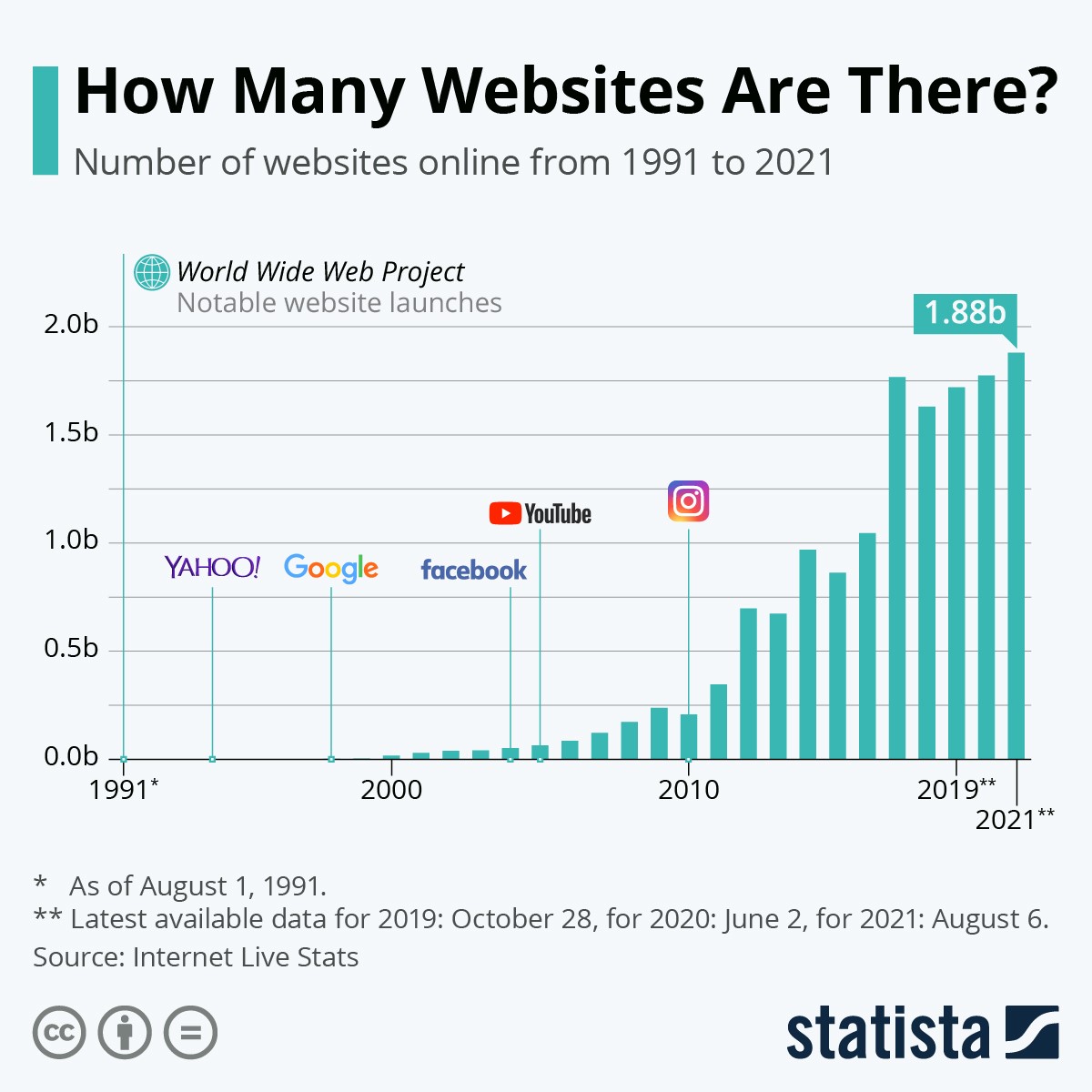Series: Digital Sustainability – Emails
Twenty years ago, when I started working in environmental conservation and climate change, most people looked at me quizzically when I told them what I did for a living. For many, protecting the environment was just getting rid of garbage on the street, and climate change was not even on the radar.
Today, the situation is entirely different. Climate change has found new activists, some so much younger than I was when I started on this journey. Two years of lockdowns have brought nature closer to us or have brought us closer to nature. Either way, quite a large proportion of the populace has finally taken an interest in the natural environment and the fact that we face unprecedented changes in our climate – all of which will resonate in our living spaces, through the food we eat, and the things we buy for years to come.
The pandemic confined us all to our homes, making us more dependent on digital systems as we tried to maintain some semblance of continuity in our lives.
Some are happy that our overuse of energy resources went down as we travelled less. But in the last decade or so, our inherent consumerism has been coupled with our need for attention. While the first has been catered to by online shopping during the pandemic, the second has also taken off through social media apps. Everyone now wants their fame, which is now expected to be longer than fifteen minutes.
But the digital environment also has environmental and climate costs, and this cost went up drastically during the pandemic. A new study led by Yale University estimated that internet usage increased by 40% during globally following the lockdown from January through March 2020. Netflix and Zoom also saw increases in use.

According to the study, this resulted in a demand for almost 42.6 million megawatt-hours of additional electricity for data transmission and to power data centres. Our digital footprint is not just about the emails we send or the posts we make on social media. Buildings are required to house the hardware; data from computer networks, cloud services and digital applications all need energy.
The online activities of over 4 billion active internet users have a cost:
 Obviously, there are a multitude of ways to impact the climate through digital use, including direct carbon emission through manufacturing, use and disposal of technology. These are the ubiquitous gadgets we use but also mobile networks, enterprise networks and data centres. Manufacturing, shipping, powering, and cooling, all require huge amounts of energy.
Obviously, there are a multitude of ways to impact the climate through digital use, including direct carbon emission through manufacturing, use and disposal of technology. These are the ubiquitous gadgets we use but also mobile networks, enterprise networks and data centres. Manufacturing, shipping, powering, and cooling, all require huge amounts of energy.
Our online habits also contribute to carbon emissions (Sources: Earth.org and the BBC)
Loading a website 1.76g of CO2 on average (this can go up to 10g if the website has videos etc)
Emails 0.3g for spam, 4g for regular email, 50g for email with attachments or photos
Instagram 42g of CO2(average 28 minutes of daily scrolling)
Facebook 12g of CO2 annually
Netflix/YouTube 36g of CO2 per hour
And we are just getting started. Just like there was a lack of analysis of the impacts of social media applications on our lives, there is very little analytical data available on the impact of ICT on the environment and climate.
The digital environment is a gamut of processes and actions, from extracting rare earth elements, to manufacturing and transportation of technological equipment, to us the consumers increasingly communicating with the world through our devices. There is some level of information on the impacts on environment and climate change for some of the steps, but not for all. It is also true that the overall effect is not as much as the aviation industry, transportation, and many others. However, we still need to understand the impacts of the entire digital system, ensure it follows the rules of sustainability, and plays its role in the circular economy.
Decreasing our electricity use and using renewable energy is step one. Everything we do when using the internet, from social media, music, emails, video streaming and even ecommerce use electricity, which is not always renewable.
What else can we do?
• Make your video streaming climate friendly: shut off open tabs, turn off auto play, avoid using video when you can do with audio
• Power down your computer when away
• Be conscious of vampire power: Plugged in but powered down devices/ devices on standby mode consume ¼ of residential energy
• Dim your monitor: If possible, from 100% to 70%
• Do not be in a hurry to change IT equipment
• Change your email habits: Unsubscribe from unused newsletters, limit reply all, and finally,
stop sending unnecessary thank you emails ( it could save 16,433 tonnes of carbon a year)


 And our own websites produce carbon as well.
And our own websites produce carbon as well. 

 Obviously, there are a multitude of ways to impact the climate through digital use, including direct carbon emission through manufacturing, use and disposal of technology. These are the ubiquitous gadgets we use but also mobile networks, enterprise networks and data centres. Manufacturing, shipping, powering, and cooling, all require huge amounts of energy.
Obviously, there are a multitude of ways to impact the climate through digital use, including direct carbon emission through manufacturing, use and disposal of technology. These are the ubiquitous gadgets we use but also mobile networks, enterprise networks and data centres. Manufacturing, shipping, powering, and cooling, all require huge amounts of energy.